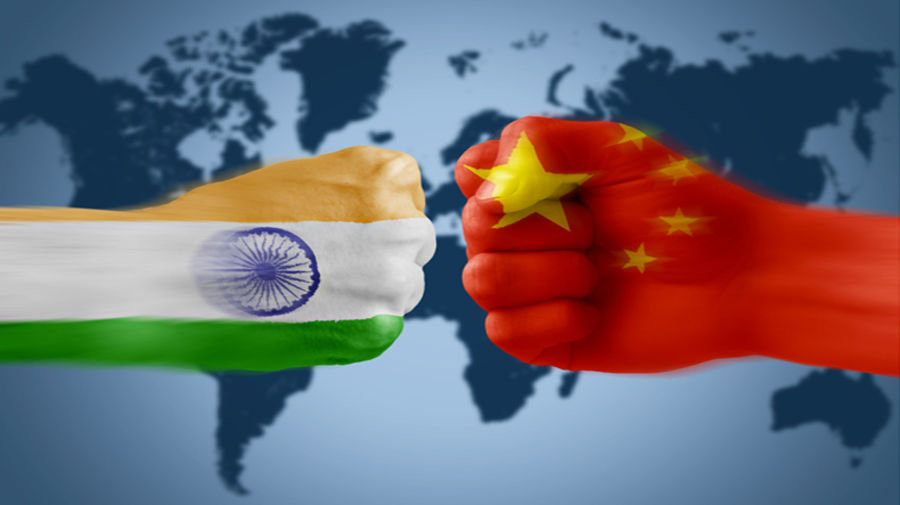.png)

Trade balance between India and China has been a matter of concern for a long time. India is importing much more in comparison than it is exporting. However, China is India's biggest trade partner; the trade deficit is primarily due to imports, of electronics, machinery, and chemicals, while India's exports are chiefly raw material and agricultural produce.
There are possibilities in Budget 2025 to address this, but this would probably necessitate a design of several strategies that need to be implemented.
The Government of India can push schemes such as 'Make in India' further and proliferate the culture production incentive schemes to stimulate some kinds of manufacturing in critical segments like electronics and machines. In this way, India will be less dependent on the import from China and more competitive in its exports.
For this purpose, the budget should also concentrate on establishing trading relationships, if not with China. It can really look at markets in Southeast Asia, Europe, and the US, as well as entering into FTAs with them.
It will be very essential to back up investment in research and innovation-except in sectors such as semiconductors and renewable energy, which join the league of the most sought-after technologies-to help overcome the dependence of Indian technology on China. Domestic innovation will add to the efforts toward balanced trade.
Better infrastructure and MSME support will enhance export potentialities while making Indian businesses capable to compete in the global market.
In some key areas, the Budget can levy duties on Chinese imports to make Indian products more competitive in the world.
A dynamic and balanced sustainable relationship with China would entail transcending the trade relationship to include appropriate labor, social, security, and ecological components.